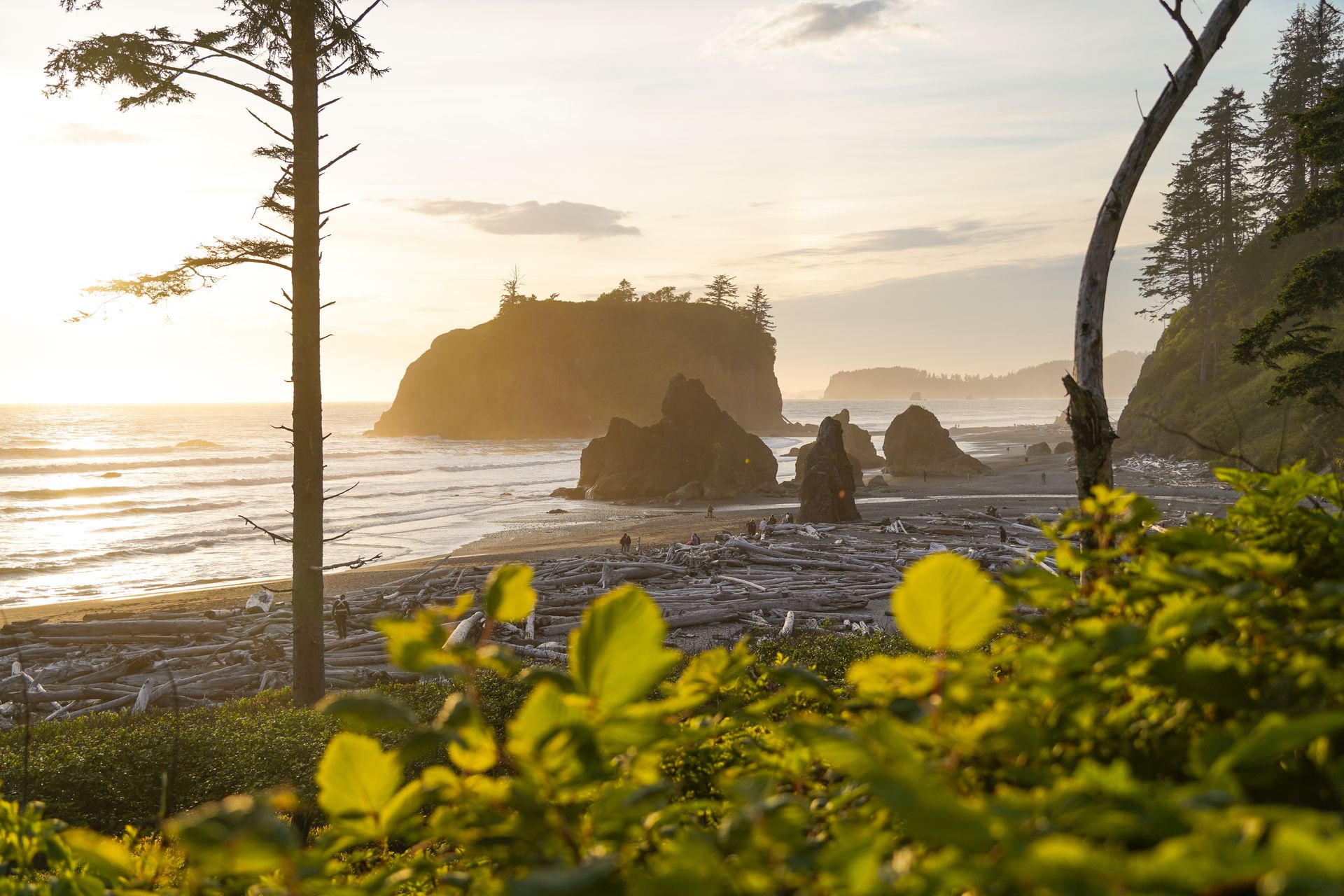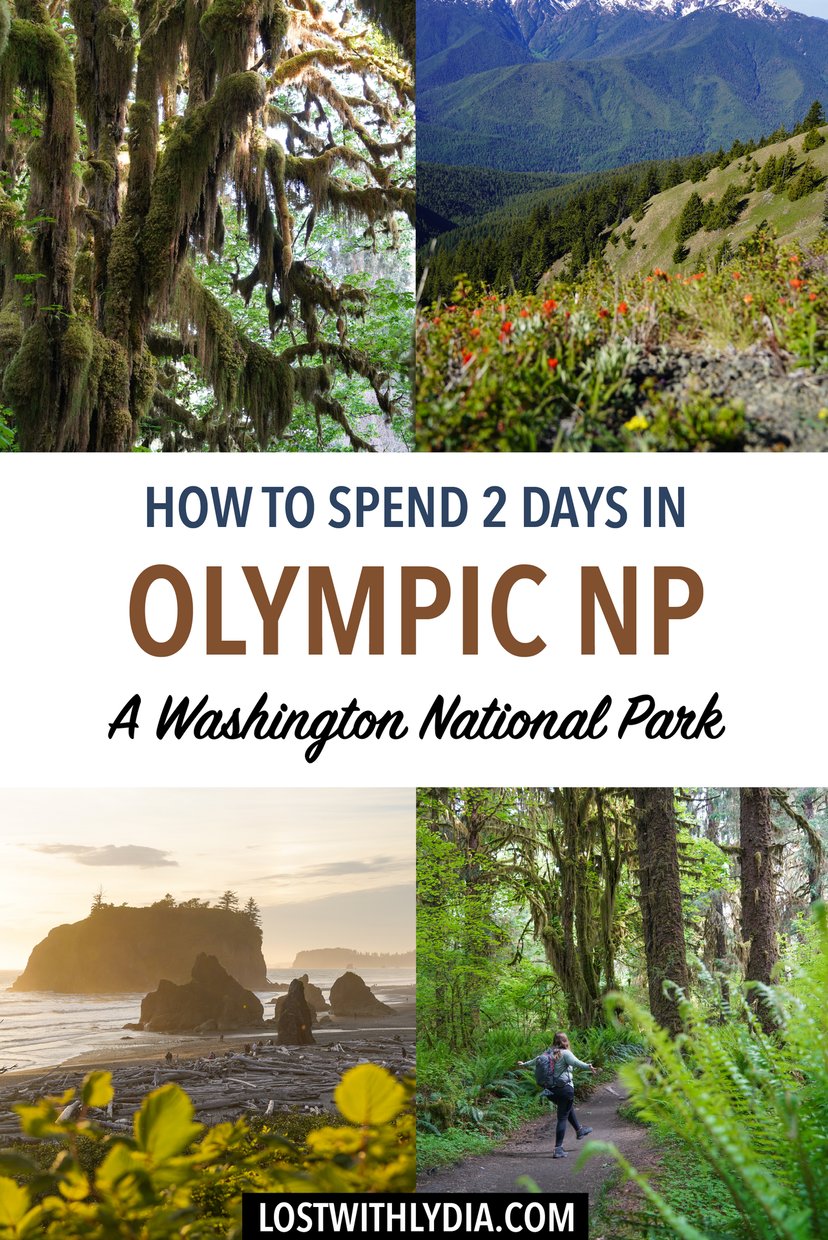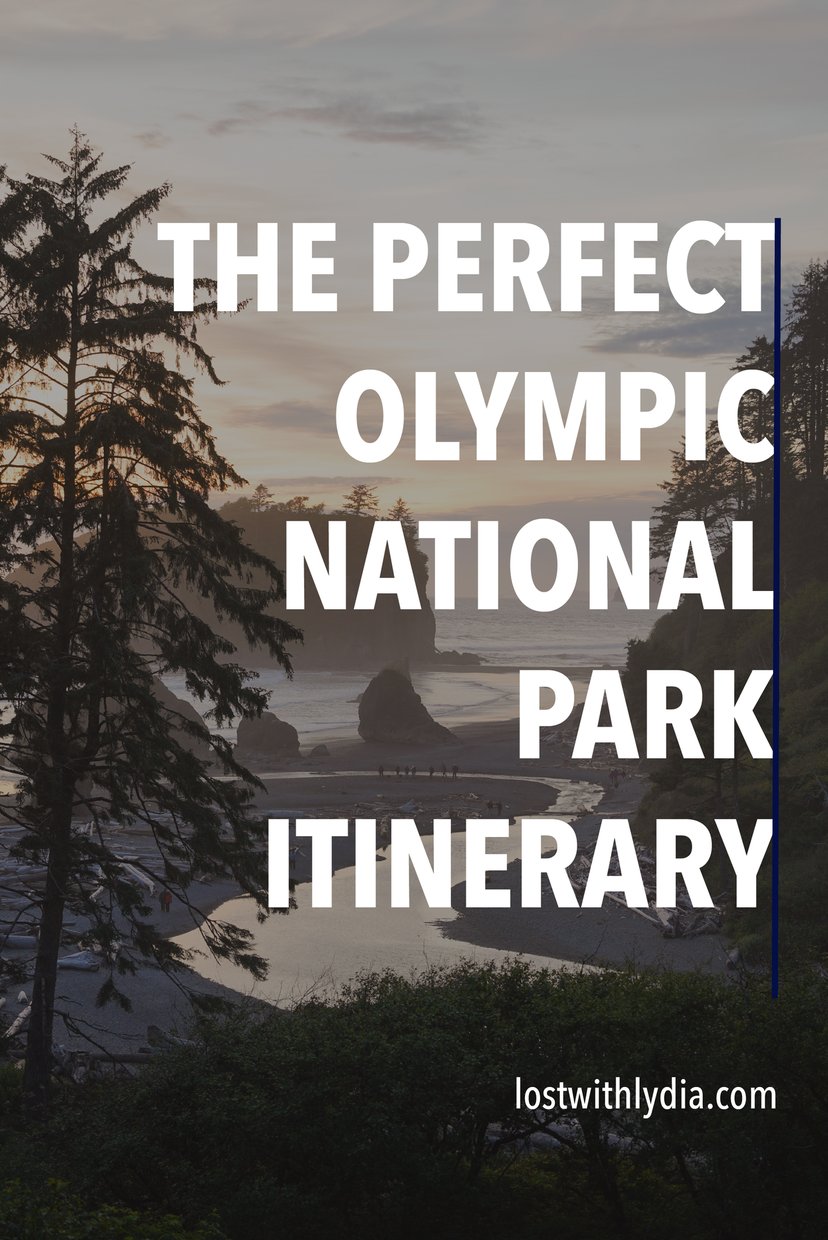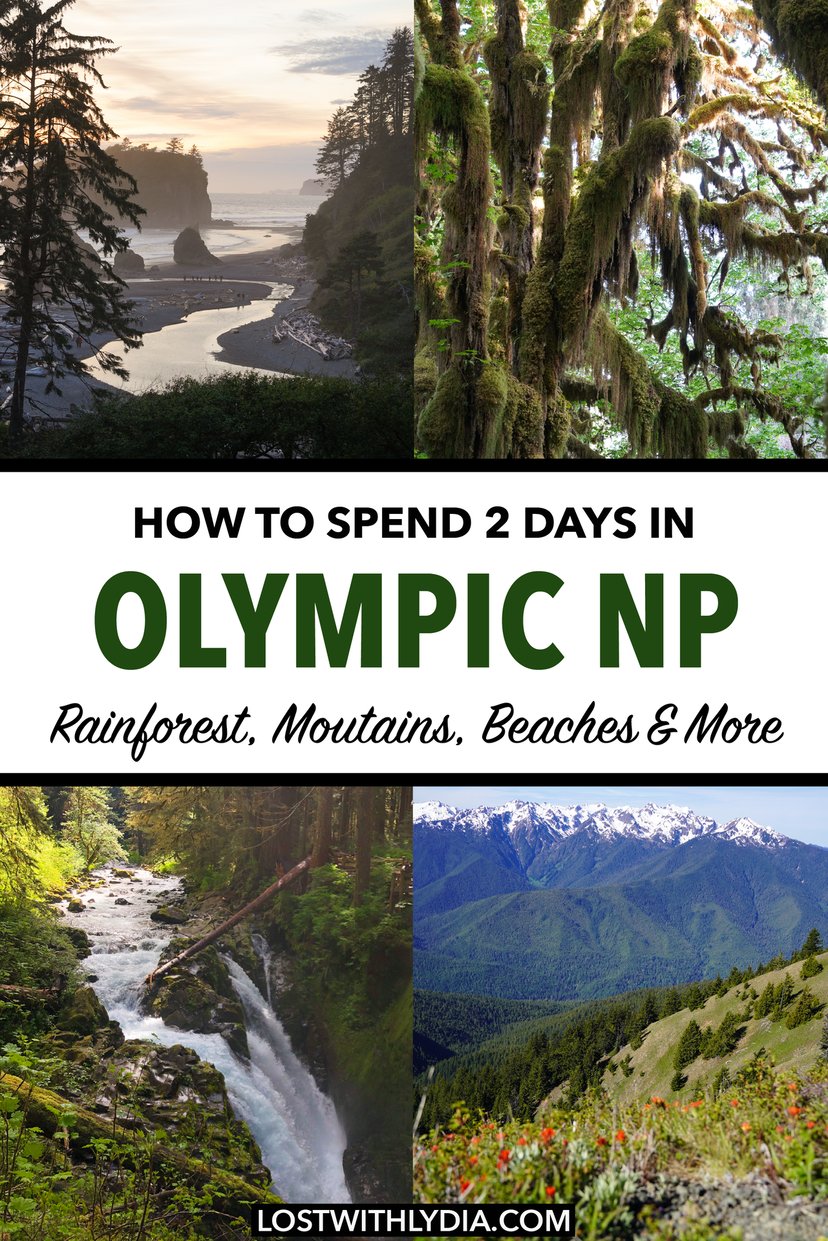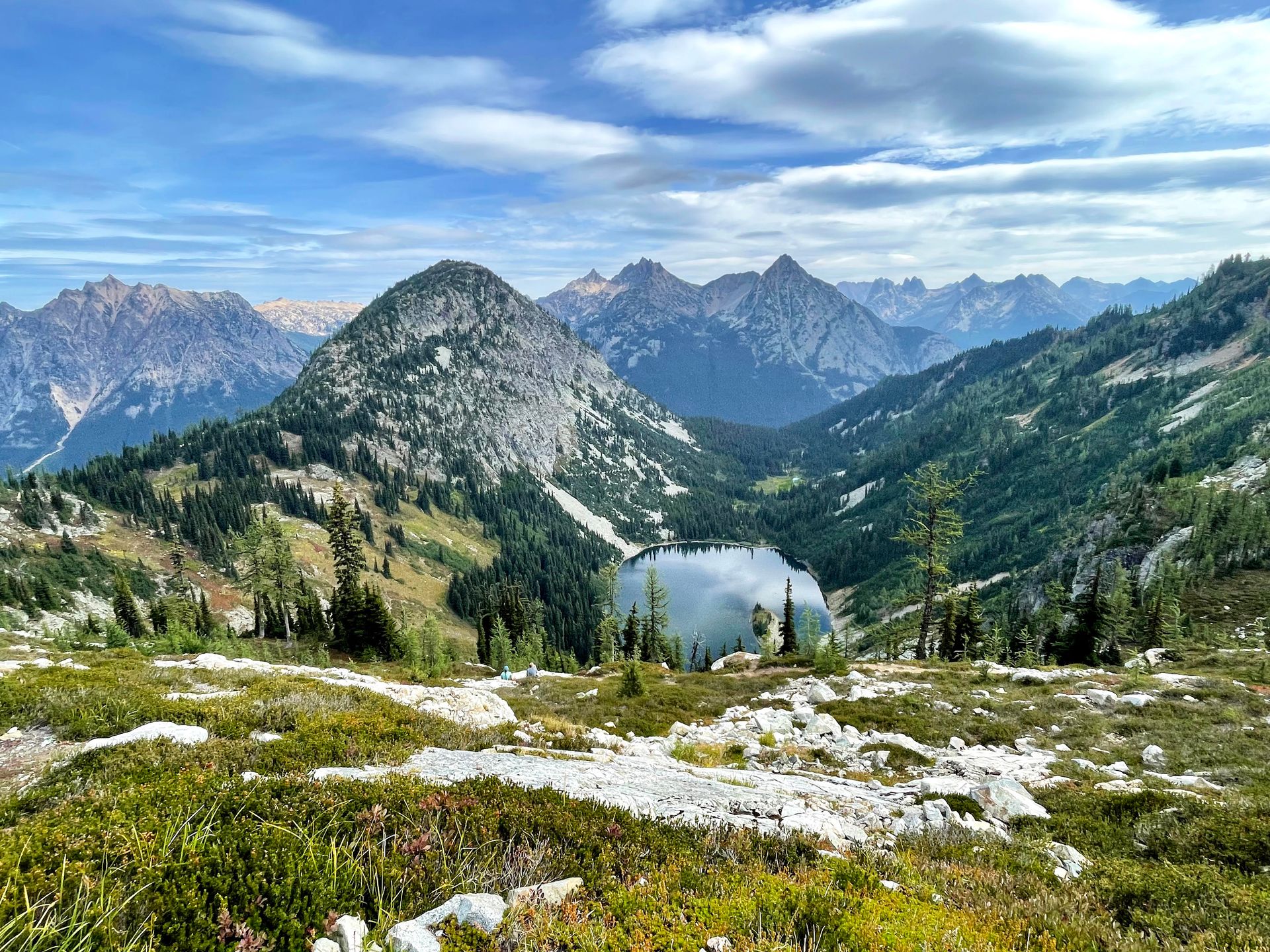Olympic National Park is a dreamy place that’s home to a lush rainforest, towering mountains, gushing waterfalls and a stunning coastline. The park is special because it has a lot of variety. Where else can you see a mossy rainforest, a rocky coastline and a tall waterfall on the same day? Plus, if you happen to be a Twilight fan, this is where the series took place!
Olympic National Park is a bit spread out, but you can see a lot in a couple days if you’re willing to maximize your time and do a bit of driving. This guide shares how to see some of the best highlights in the park in 2 days, and it is based on my experience visiting Olympic National Park twice.
Things To Know and Tips for Visiting Olympic National Park
- It costs $30 per vehicle to enter Olympic National Park. If you’ll be visiting multiple national parks over the next year, you’ll get a lot of value out of the America the Beautiful Pass, which gets you into most national parks for a year for $80.
- The GuideAlong Audio tour is an amazing way to learn about the park as you drive! The app will teach you about the park and its history, as well as suggesting scenic stops along the way. It’s a great asset to purchase and have downloaded ahead of time.
- Please make it a priority to Leave No Trace when exploring the outdoors. This includes leaving nothing behind, respecting wildlife, minimizing campfire impacts, respecting those around you, planning ahead and traveling on durable surfaces. For more details, read about the seven principles at lnt.org.
- This park is a bit spread out and this Olympic National Park itinerary involves a lot of driving. If you prefer to take things slower and spend less time in the car each day, I recommend staying in the park longer or removing a few stops from this itinerary.
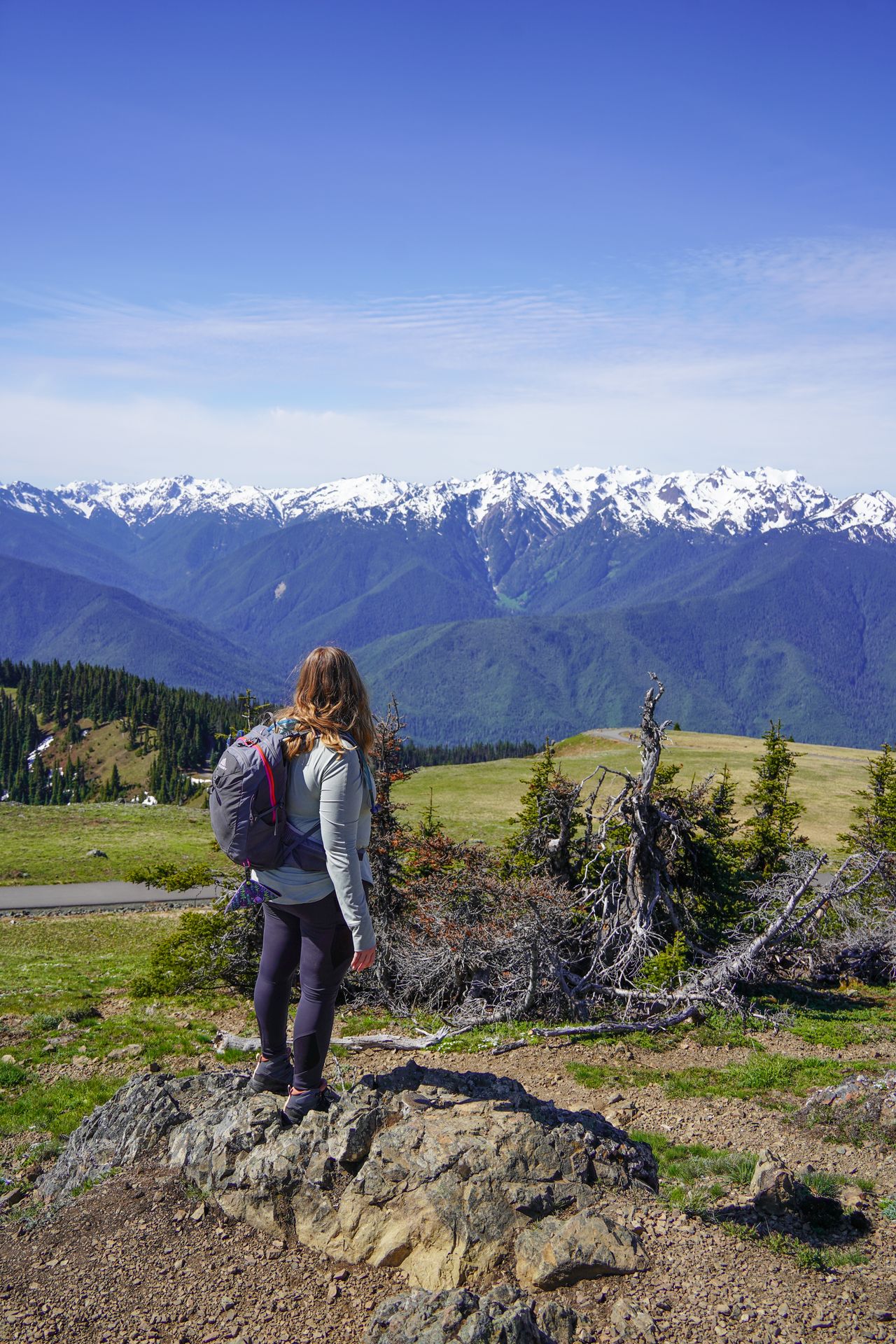
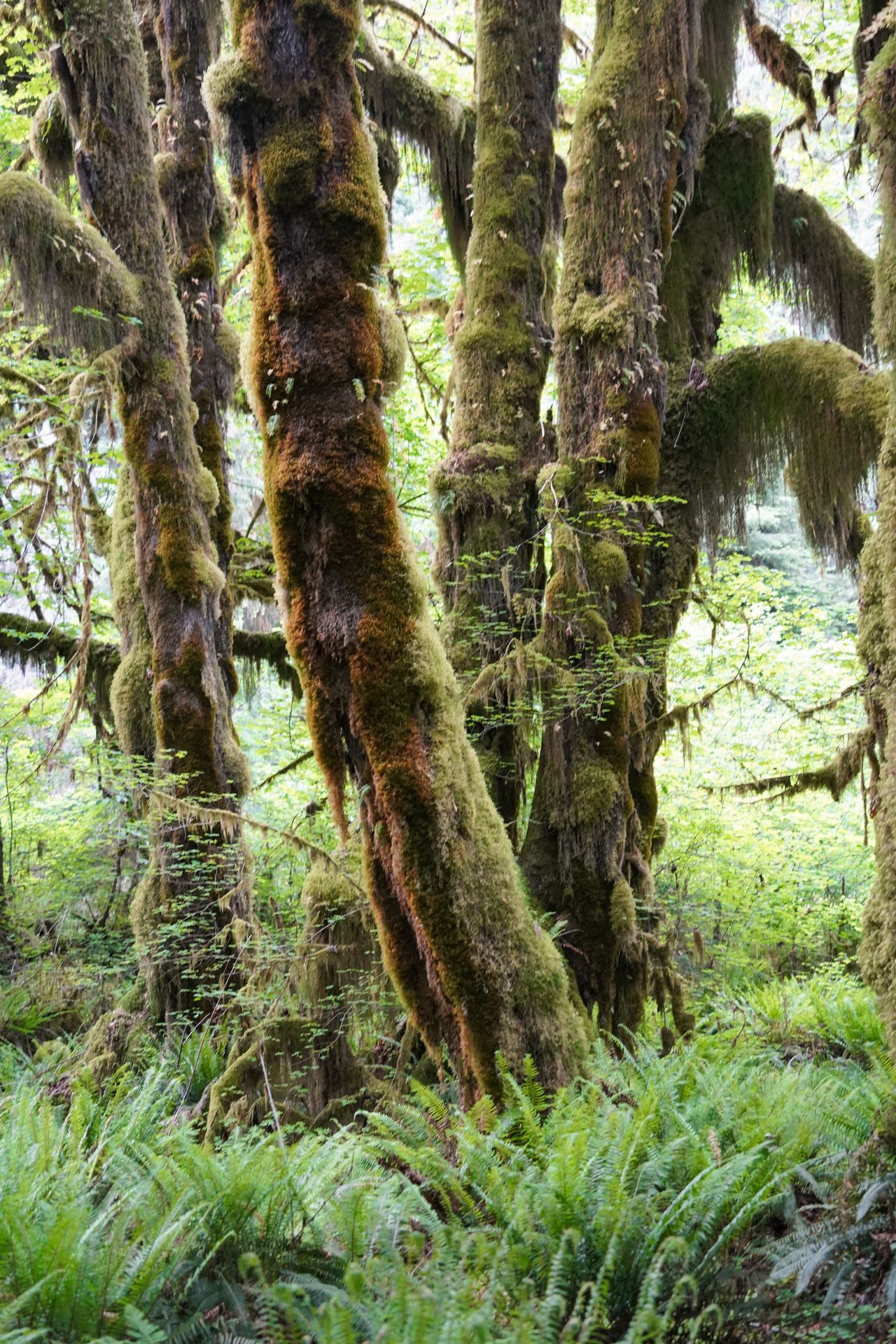
How to Get To Olympic National Park
Olympic National Park is a huge park - almost a million acres. Many visitors, like me, drive from Seattle, but the distance can vary a lot depending on where in Seattle you’re leaving from, and where in Olympic National Park you’re going.
If you’re in Northern or Downtown Seattle, it will probably make sense to take one of the Washington ferries to get across the Puget Sound. The ferries are first-come, first-serve, and they can be busy and have long waits during peak times. So be sure to leave some extra time in your schedule.
If you’re leaving from Southern Seattle or closer to Tacoma, you won’t need to take a ferry, but you’ll still have a couple different route options depending on where you’re going inside the park.
All that being said, it typically takes between 3 and 5 hours to get from Seattle to Olympic National Park.
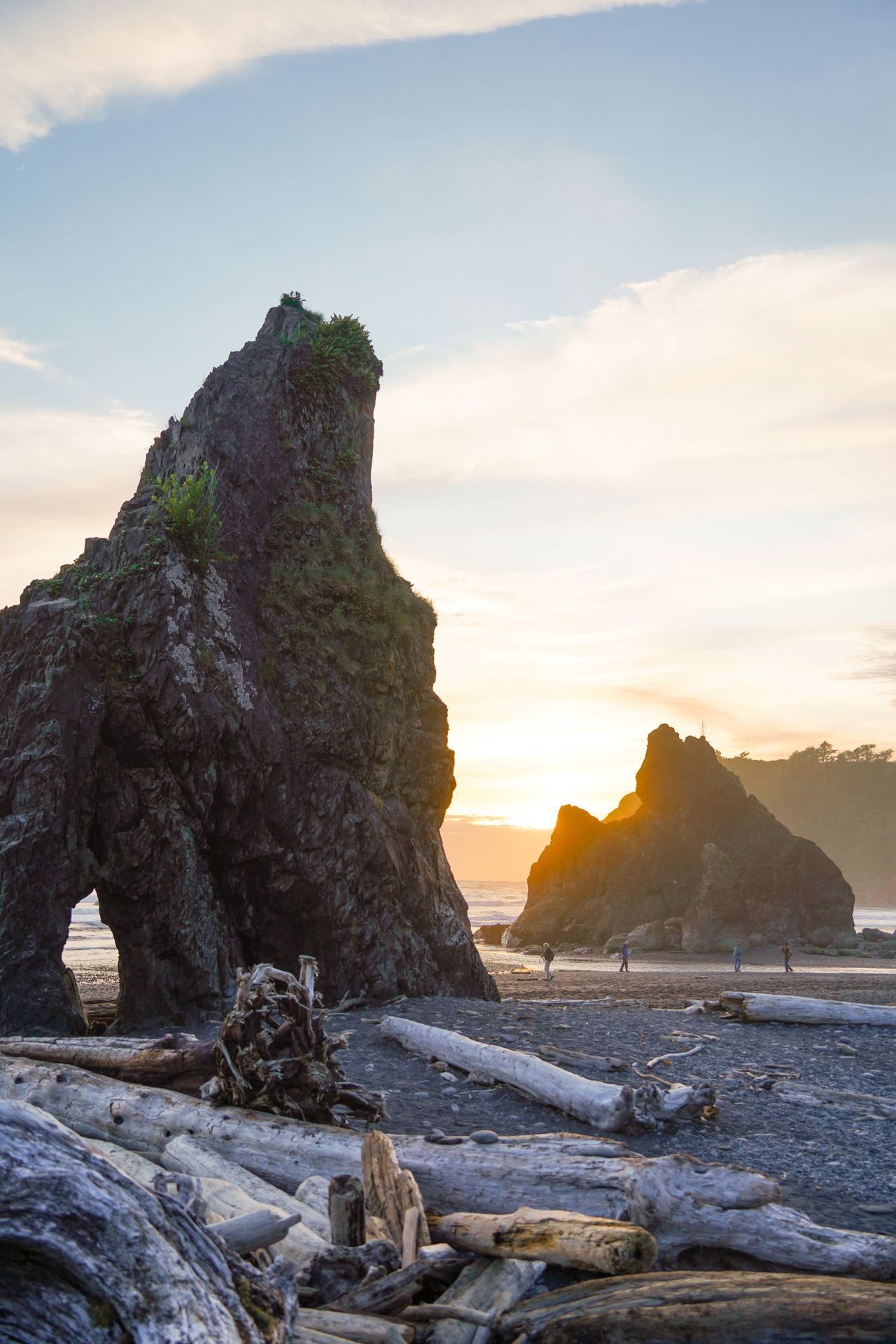

Where To Stay in Olympic National Park
There are a few different areas to stay in when you visit Olympic National Park. Personally, I’ve split my time between 2 different hotels during both of my visits and have spent one night in Port Angeles, and one night in Forks. Port Angeles is a great base for visiting Hurricane Hill, while Forks is a great base for the coast, Hoh Rainforest and other popular areas of the park.
Where to Stay in Port Angeles
Port Angeles has several hotel options, here are a few to look at:
- Aircrest Motel: I stayed here in 2024 with no complaints. The lodge is basic and affordable.
- Olympic Lodge by Ayres: A nice hotel with a golf course, pool and a beautiful lobby.
- Maitland Manor Boutique Hotel: A boutique b&b with ocean views and luxury touches.
Where to Stay in Forks
Forks is smaller than Port Angeles, but still has a handful of hotel options.
- Pacific Inn Motel: This motel has Twilight-themed rooms!
- Forks Motel: This is another basic hotel that I stayed at in 2024 with no complaints.
- Woodland Inns: Modern cabins with gas fireplaces, signature robes, and kitchens.
Where to Stay inside of Olympic National Park
Inside the national park, there are a few different lodges and cabins to choose from. I recommend the Lake Crescent Lodge or Log Cabin Resort (also on Lake Crescent) to be in a beautiful, central location.
There are also several campgrounds all over the park, including at Hoh Rain Forest, Sol Duc and different areas along the coast.
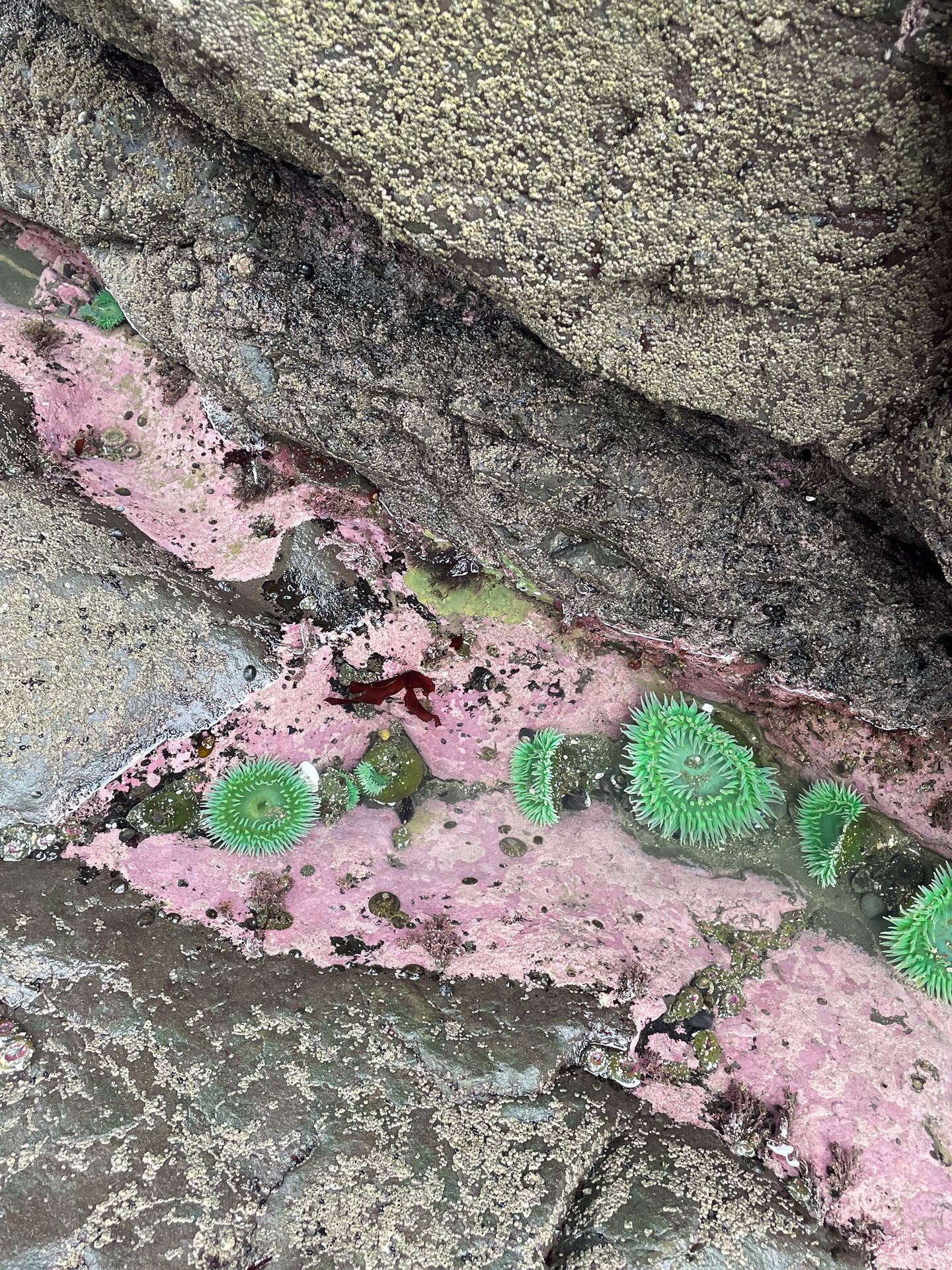
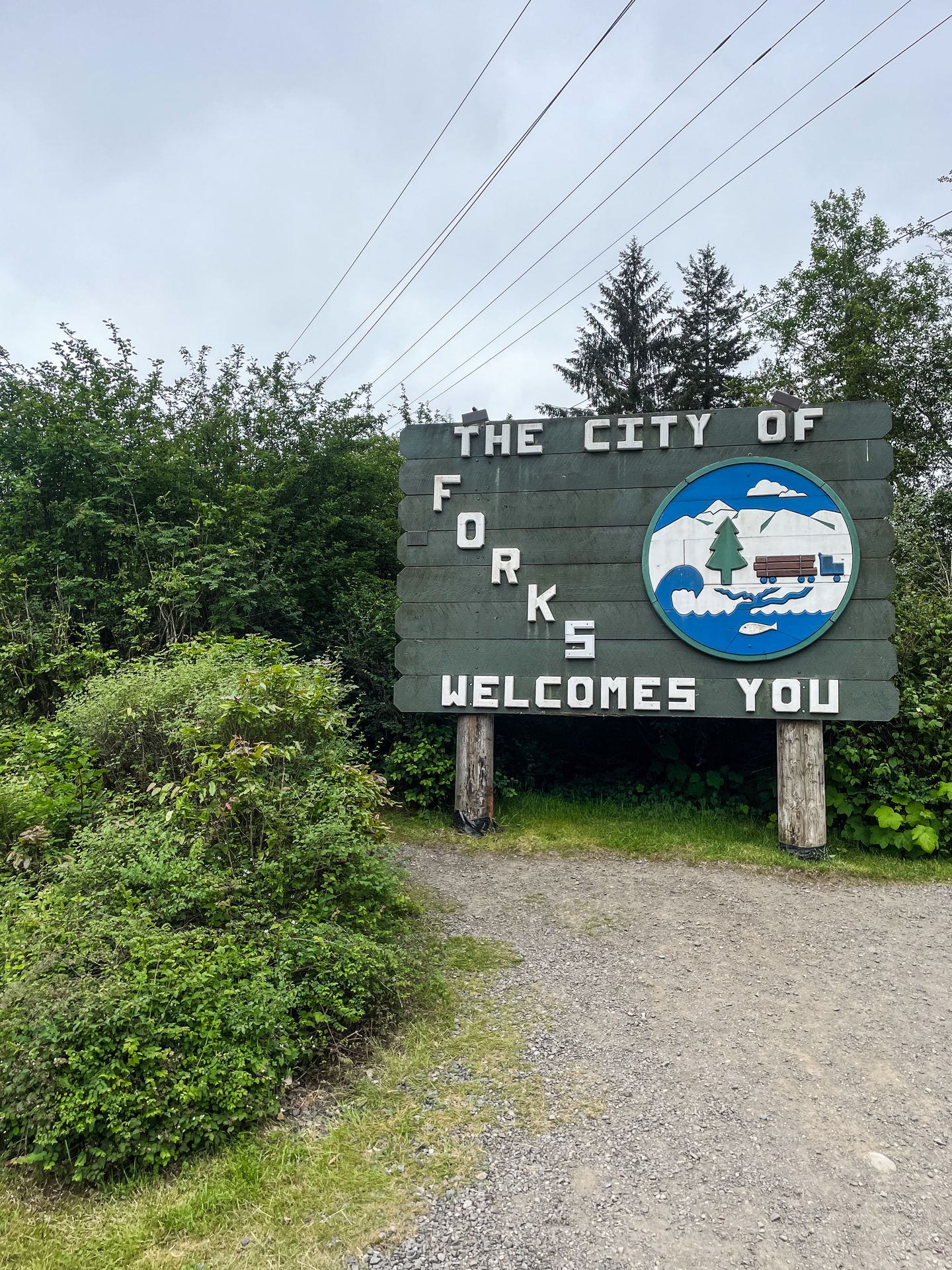
When To Visit Olympic National Park
Olympic National Park has some high alpine areas that get a lot of snow in the winter. So if you want to avoid the snow, it’s best to visit during the summer months. However, you’ll experience fewer crowds if you visit during the shoulder season right before or after the summer months (in May or September).
I’ve visited Olympic National Park in both May and June. I had a bit of snowy weather at Hurricane Ridge in May, but nice weather in the rest of the park. In June, the weather was perfect (but the park was more crowded).
A 2 Day Itinerary for Olympic National Park
Visit Hurricane Ridge, a waterfall or two, Lake Crescent, Forks and Ruby Beach.
Olympic National Park Itinerary - Day 1
Visit Hurricane Ridge
Kick off your trip in Olympic National Park with marvelous mountain views! I recommend starting with this area because it’s closer to Seattle and is a great place to break up the drive before reaching iconic places like Hoh Rainforest or the coast.
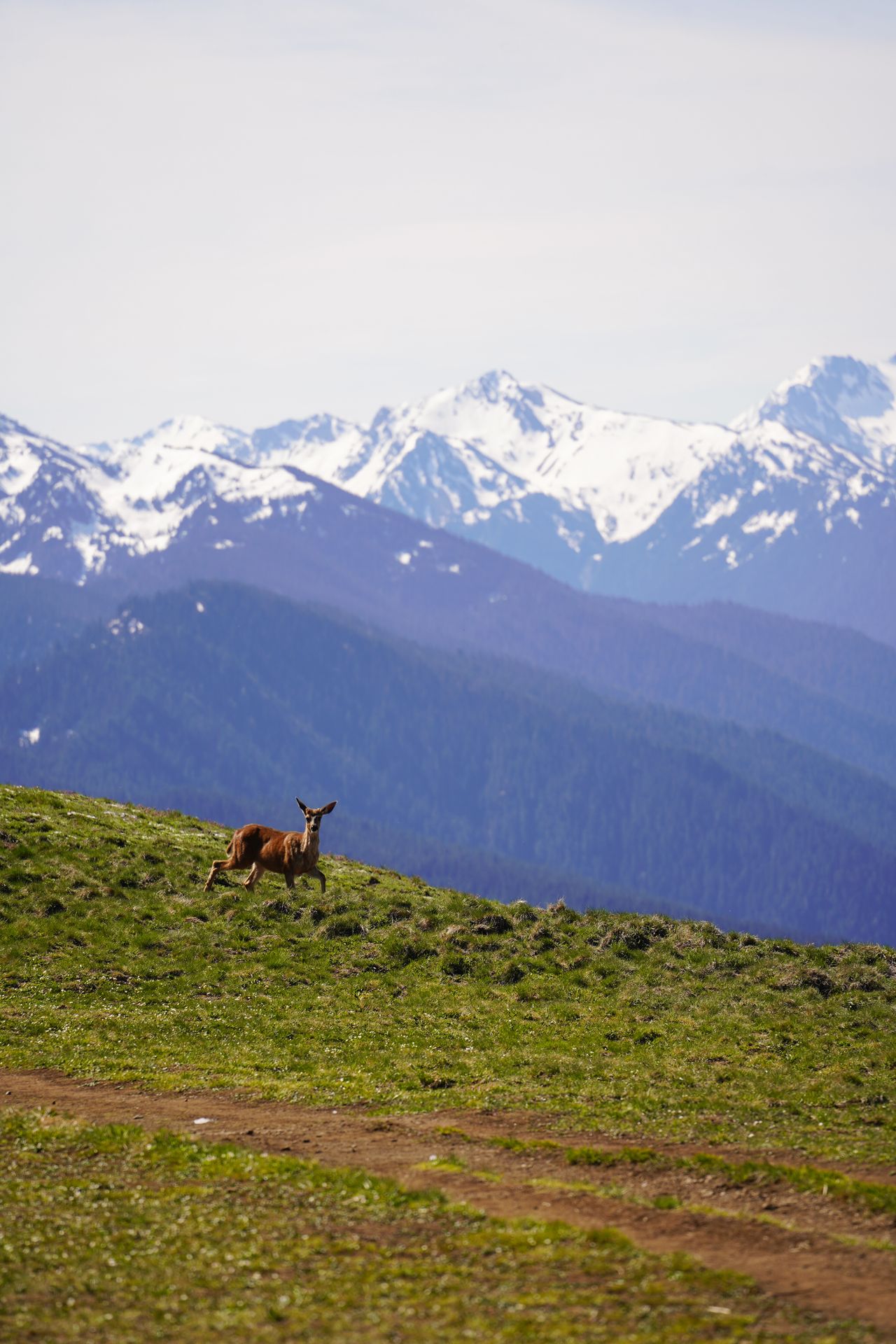
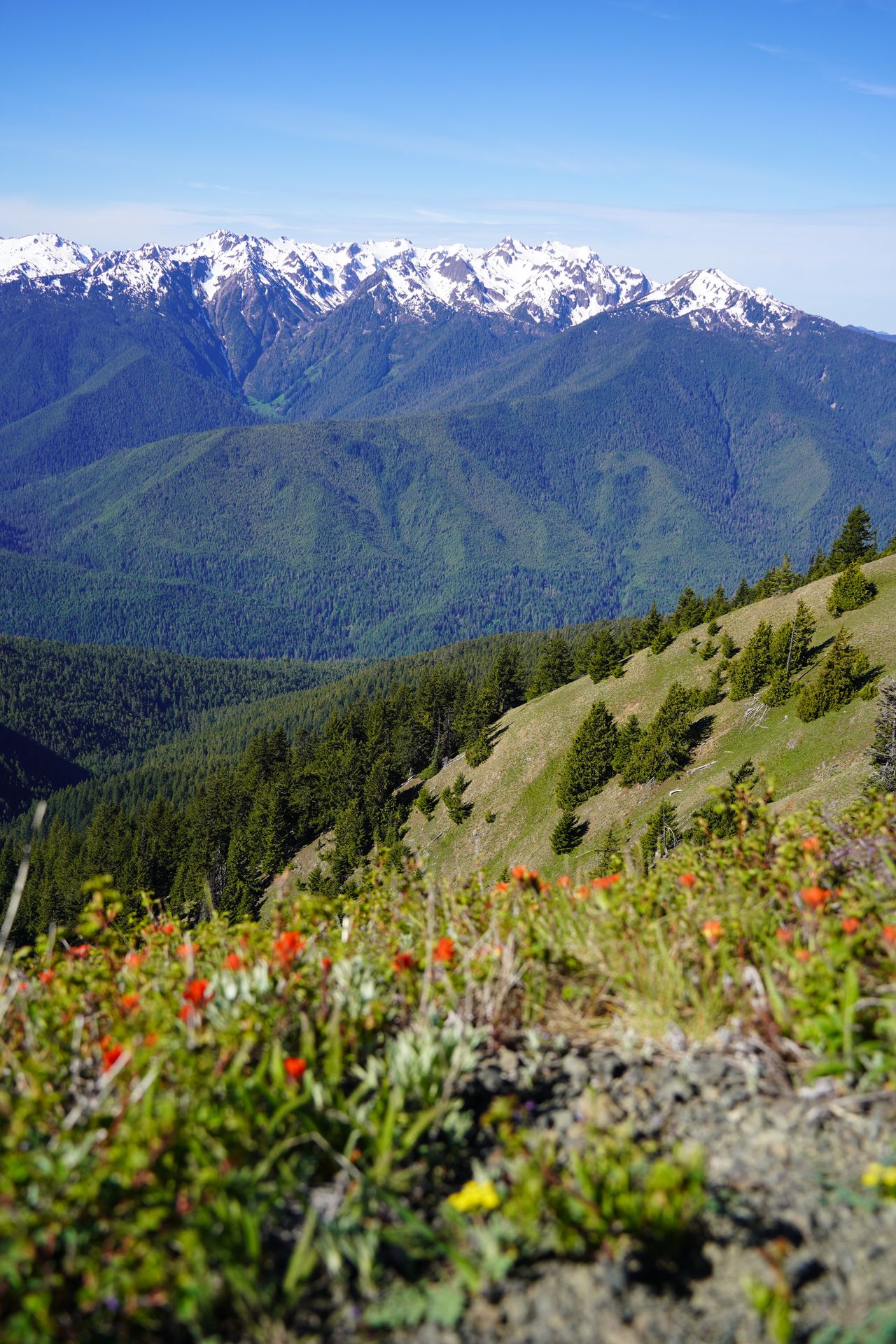
Hurricane Ridge is also the most accessible mountain area within the park, since you can drive to amazing views. The drive from the entrance of the park to the Hurricane Ridge area is 12.5 miles and takes about 30 minutes. The drive is a bit steep and windy, and has some drop offs, but nothing too scary in my opinion.
Tip: The Hurricane Ridge Road is typically only open Friday through Sunday in the winter, and can close completely due to weather. Vehicles are also required to carry chains in the winter. Be sure to check conditions ahead of time.
At the top, you can park and enjoy the views, or go on a hike. There used to be a visitor center at the top, but a fire destroyed it in 2023. Now there are restrooms available, but no other services.
I highly recommend hiking to Hurricane Hill, which is 3.4 miles and mostly paved. You’ll start by walking on a road before reaching the paved trail. There are mountain views during almost the entire trail, and this is a great spot for seeing wildflowers in the summer. It’s also great for wildlife spotting. I saw deer, marmots and a bald eagle during my last visit.
This area is definitely worth visiting, but it does get crowded. Go early if you want more solitude. However, the wide trail makes it easy to enjoy and share with others.
Chase Waterfalls in Olympic National Park
Olympic National Park has some stunning waterfalls! Below are 3 waterfalls listed in order if you’re driving from Hurricane Ridge to the most popular areas of the park. I recommend picking one or two if you only have two days in the park, but they’re each worth seeing if you have the time.


Madison Falls
Madison Falls is a quick and easy stop on your way to the rest of the national park. It’s located a little bit less than an hour from Hurricane Ridge.
The walk to Madison Falls is a quarter mile round trip on a paved trail. It leads to a 60-foot waterfall cascading down a mossy green wall.
Across from the trailhead, you can see the Elwha River, which is one of the largest ecosystem restoration projects in national park history.
The river was dammed in the early 1900s to power the logging industry. However, the dams blocked the migration of salmon and disrupted the ecosystem. Both dams were removed in 2011 and 2014, and they’ve already seen success in the ecosystem being restored.
Marymere Falls
Marymere Falls is another beautiful and easy waterfall trail. The waterfall is 90-feet tall and you’ll walk through an old growth forest to reach it.
This is also the same trailhead at Mount Storm King if you have the time for something longer and much more challenging. The trail leads to an epic view of Crescent Lake, but the unmaintained section at the top of the trail has a series of ropes, loose rocks and narrow areas.
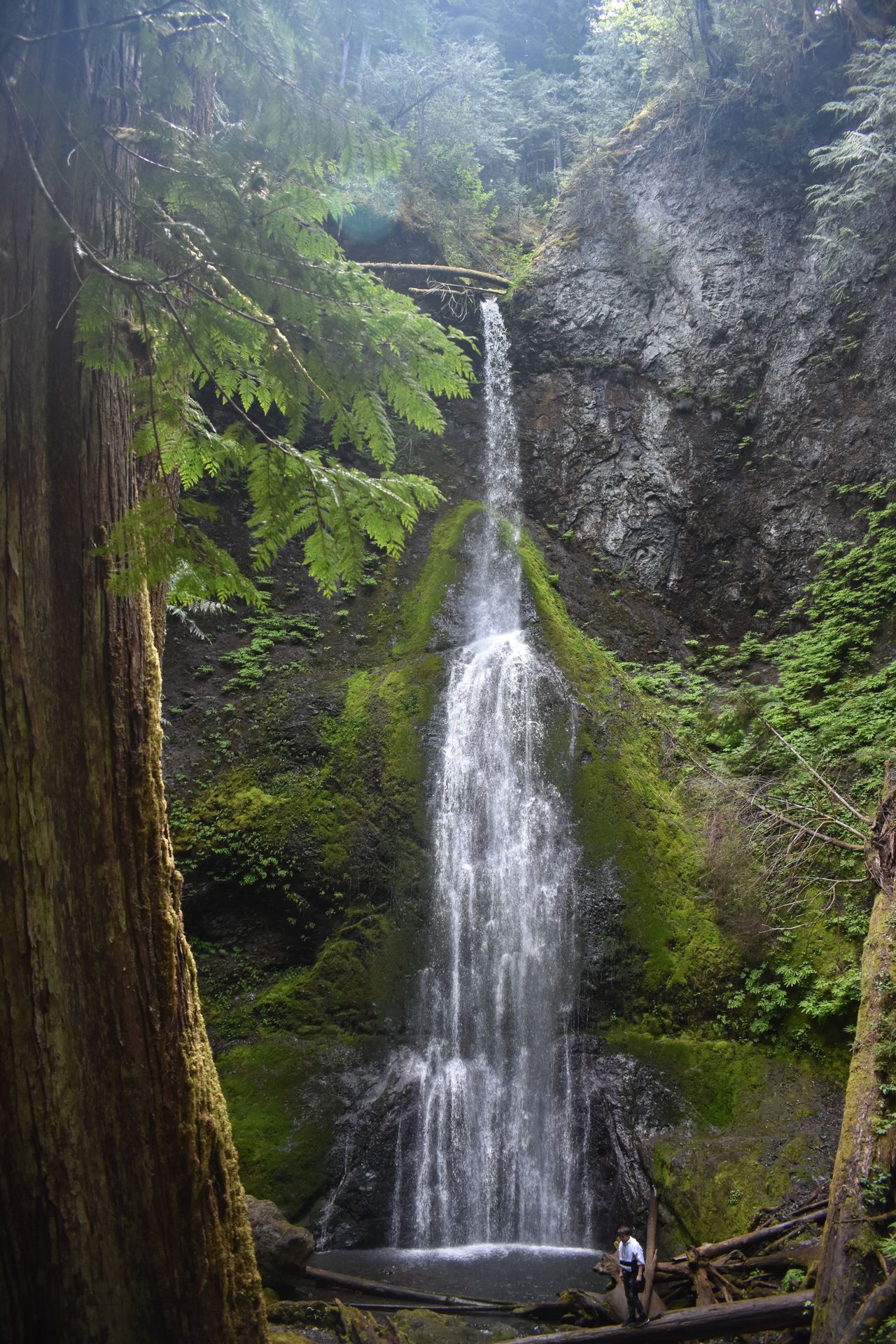
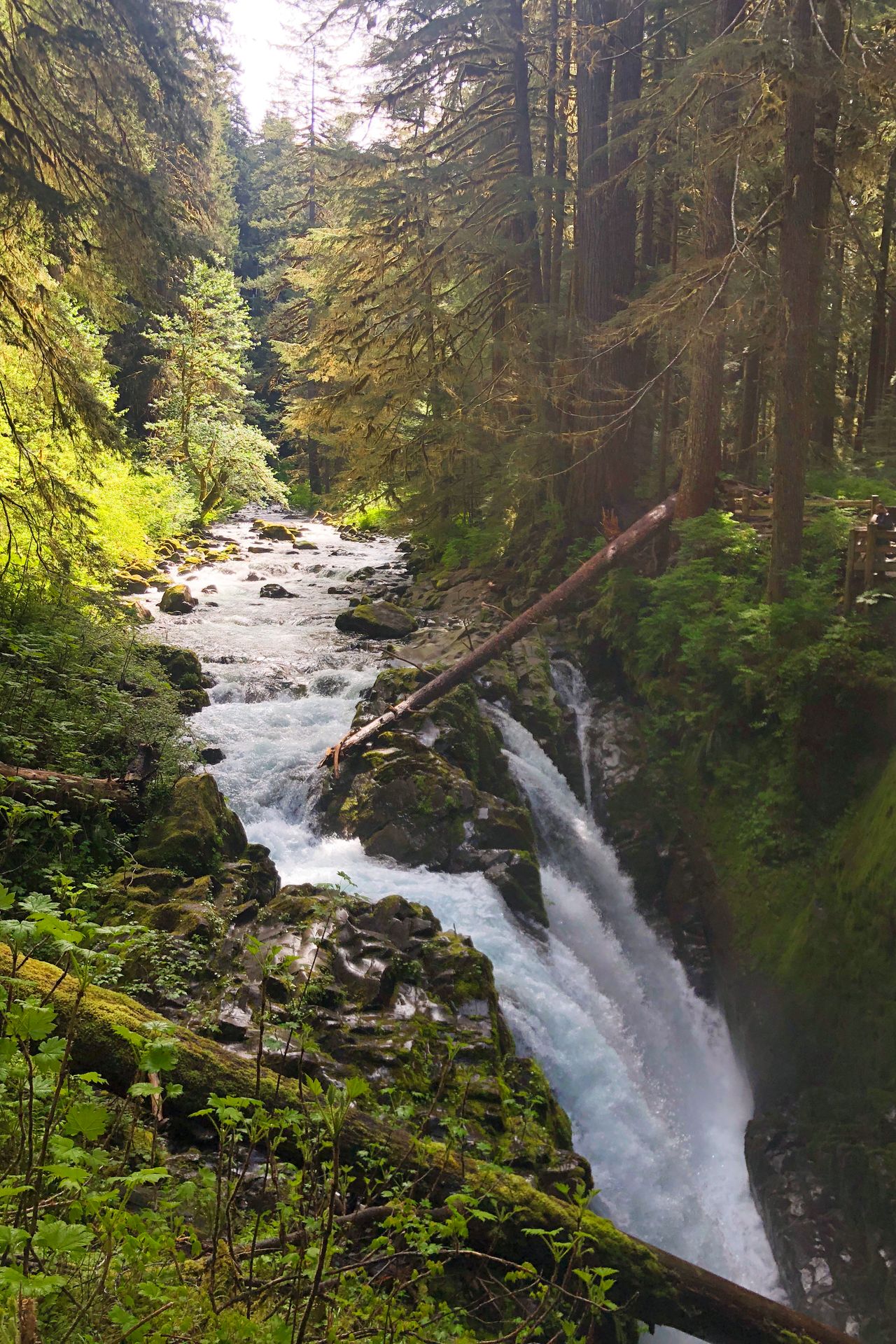
Sol Duc Falls
Sol Duc Falls is the top waterfall I recommend visiting if you only have time for one. A 1.8-mile trail leads to a waterfall that bends in the river and splits into 3 separate streams. It’s an especially striking waterfall with a lush trail along the way.
You can also extend this trail and hike a 5.8-mile loop that follows along both sides of the Sol Duc River.
Make sure to stay on the trails when you visit this waterfall (and all trails in the park). People have died at Sol Duc Falls by climbing out on the rocks at the top of the falls.
Have a Picnic at Crescent Lake
It’s worth a stop at Crescent Lake while you’re in this part of the park hiking and chasing waterfalls! It’s a large, glacially carved lake that is surrounded by mountains and trees.
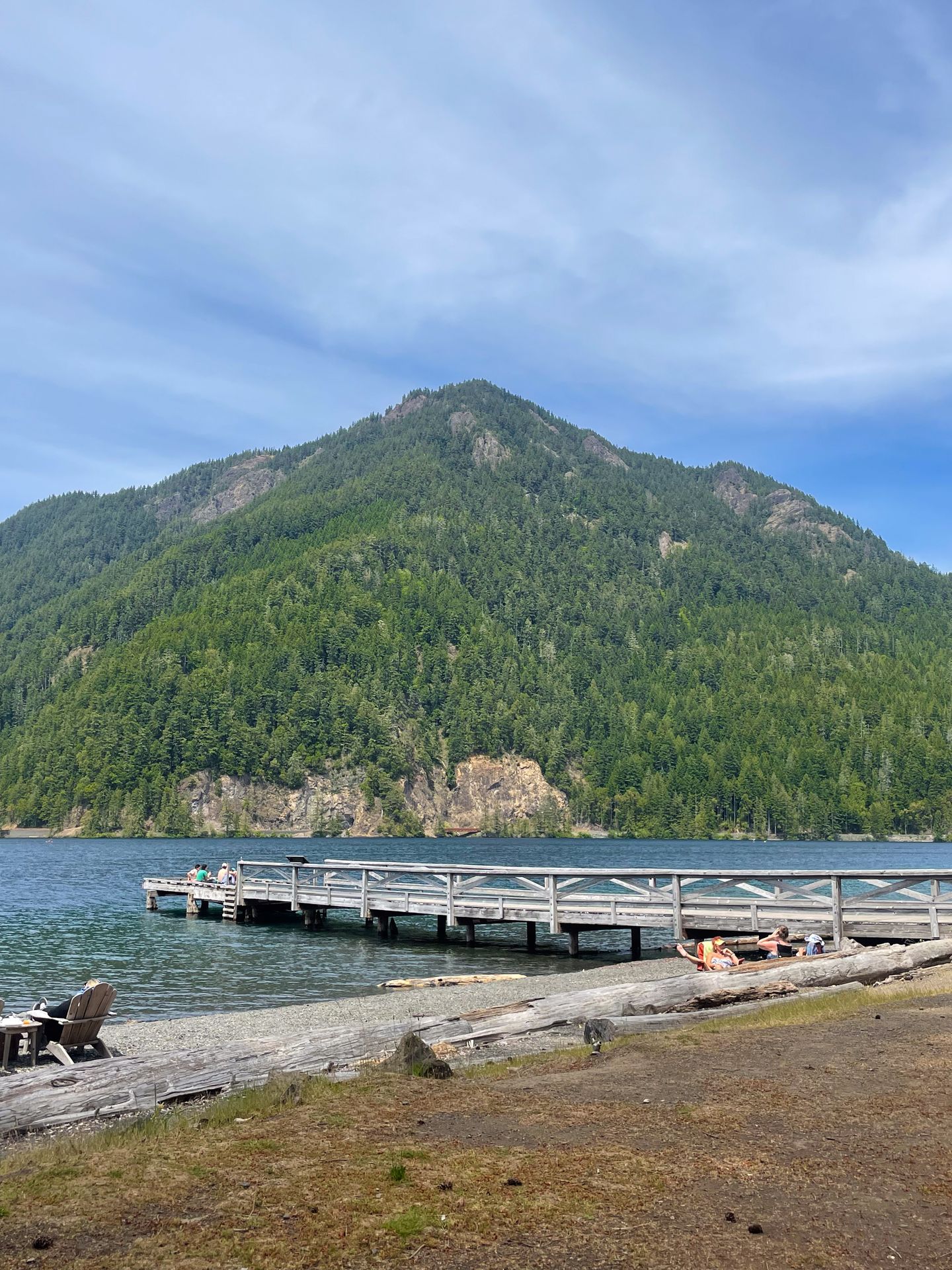
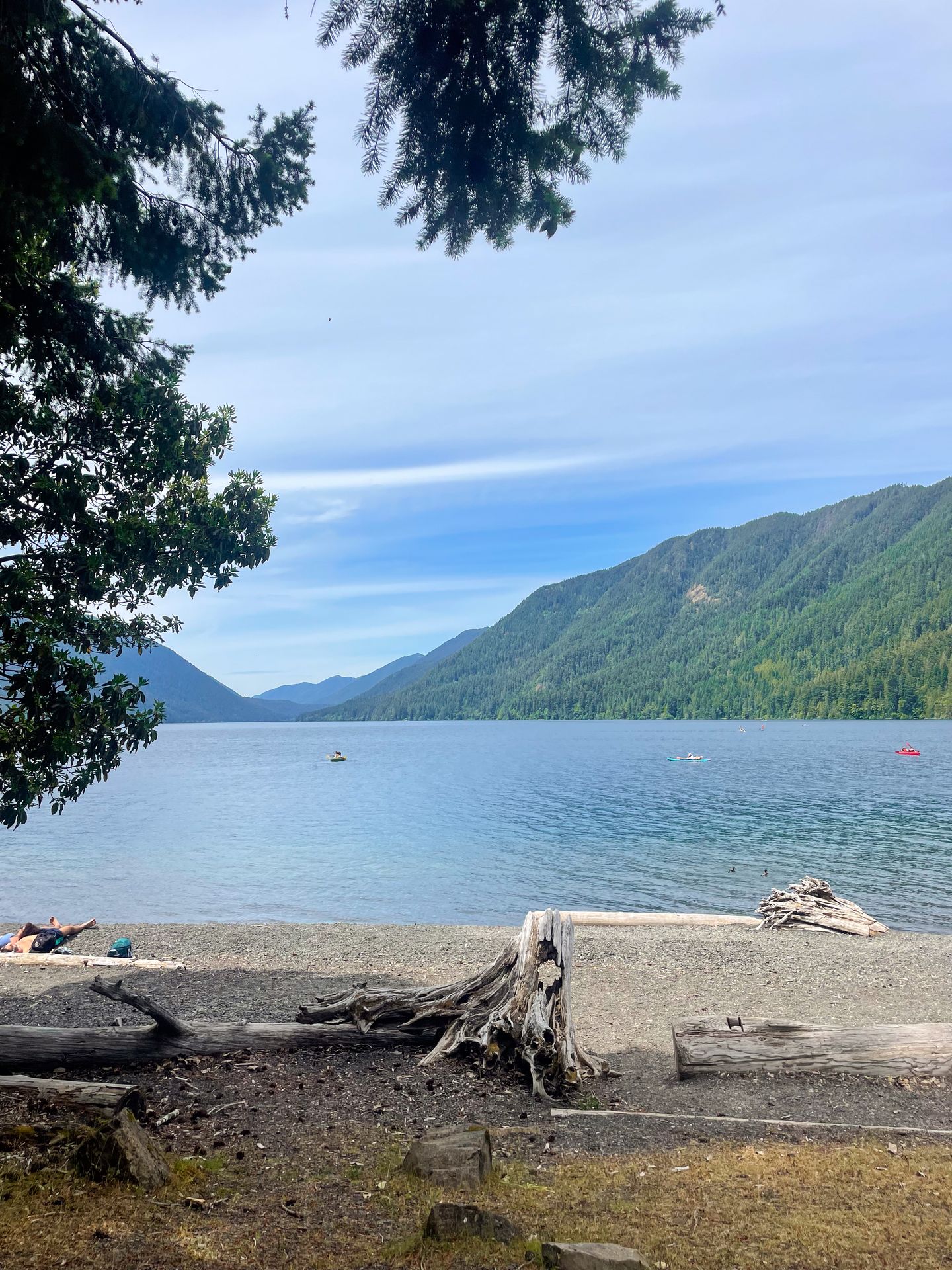
This is a great spot for a picnic lunch, or you can rent kayaks, paddleboards or canoes from Lake Crescent Lodge to explore on the water. The lodge also has a restaurant and a gift shop.
Tip: Parking fills up here on busy days, you may have to be patient and look for someone leaving.
Visit Forks
If you’re a Twilight fan like me, visiting Forks is a must! Even if you’re not a Twilight fan, the town is a great area to eat, sleep and explore.
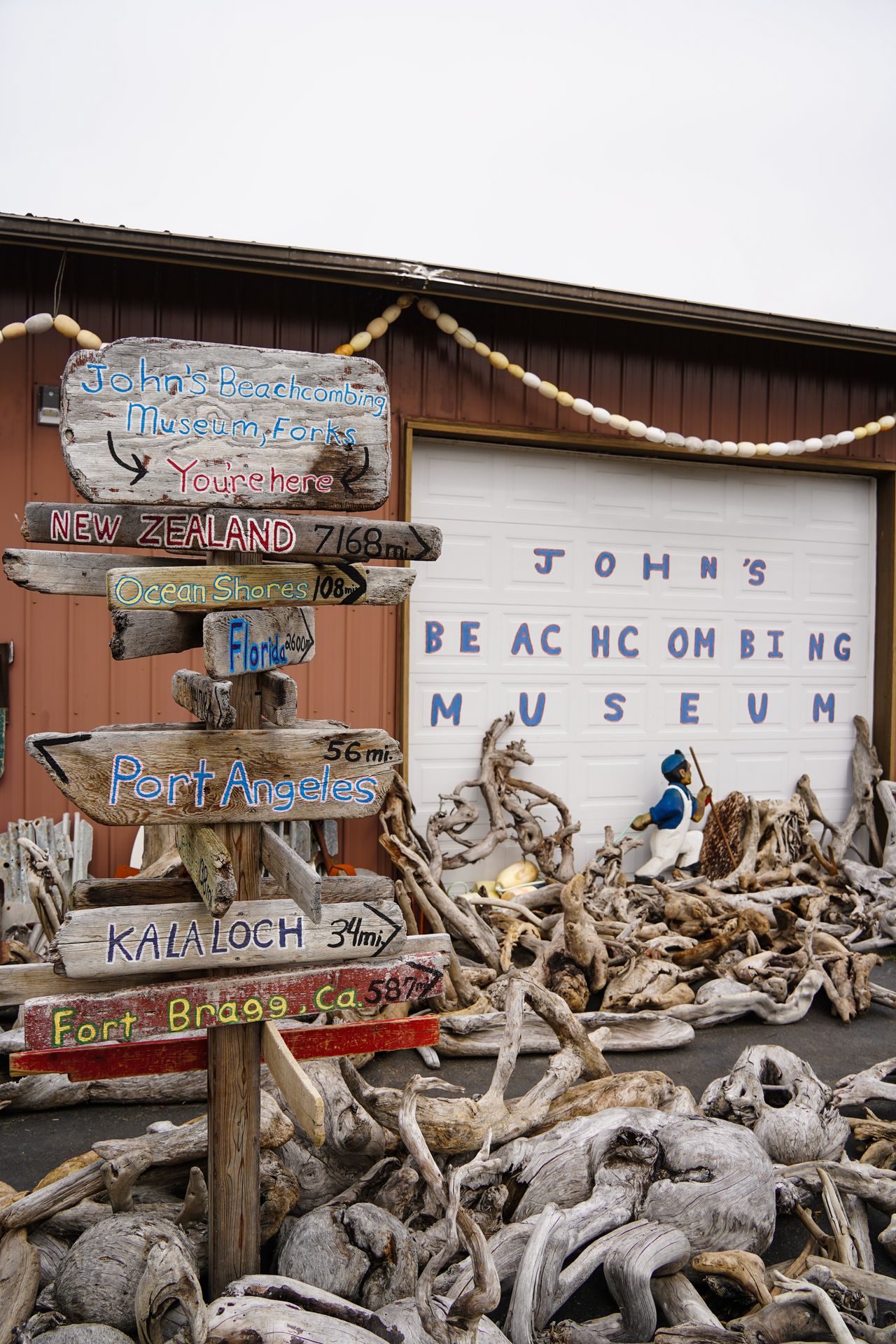
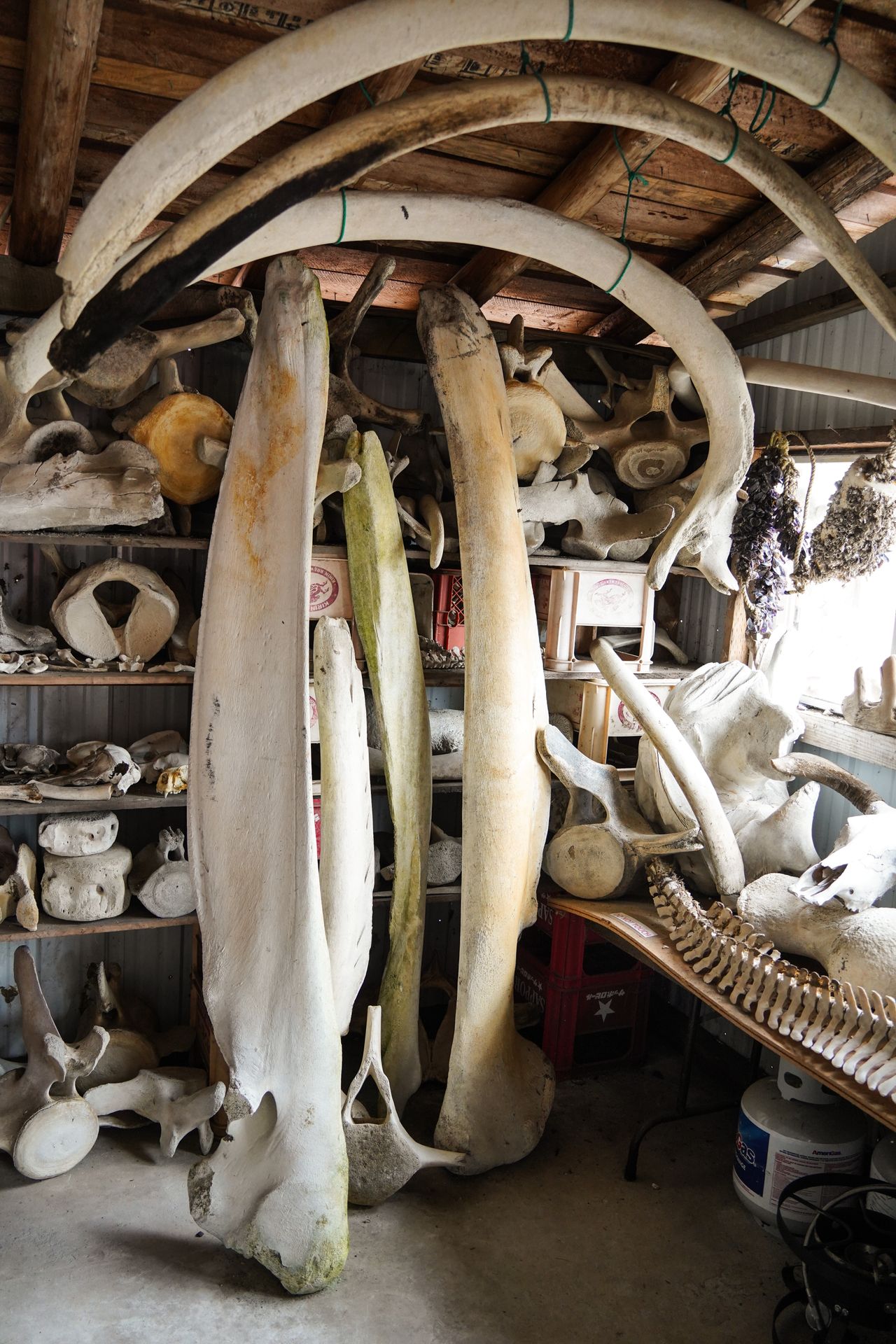
One of the best things to do in Forks is to visit John’s Beachcomber Museum. It’s full of items that have washed ashore, from WWII radios to whale bones to items that came from tsunamis in Japan. It’s a neat place if you’re fascinated by found objects. They ask for a $5 cash donation to visit.
And for Twilight fans, check out the Forks Chamber of Commerce (they have Bella’s trucks) or the Forever Twilight in Forks Collection, which has props and artifacts from the movies.
Watch the Sunset at Ruby Beach
Spend your evening enjoying beautiful views at Ruby Beach, which is my favorite coastal stop in Olympic National Park (so far).
Fun Fact: There are over 70 miles of coastline in Olympic National Park!
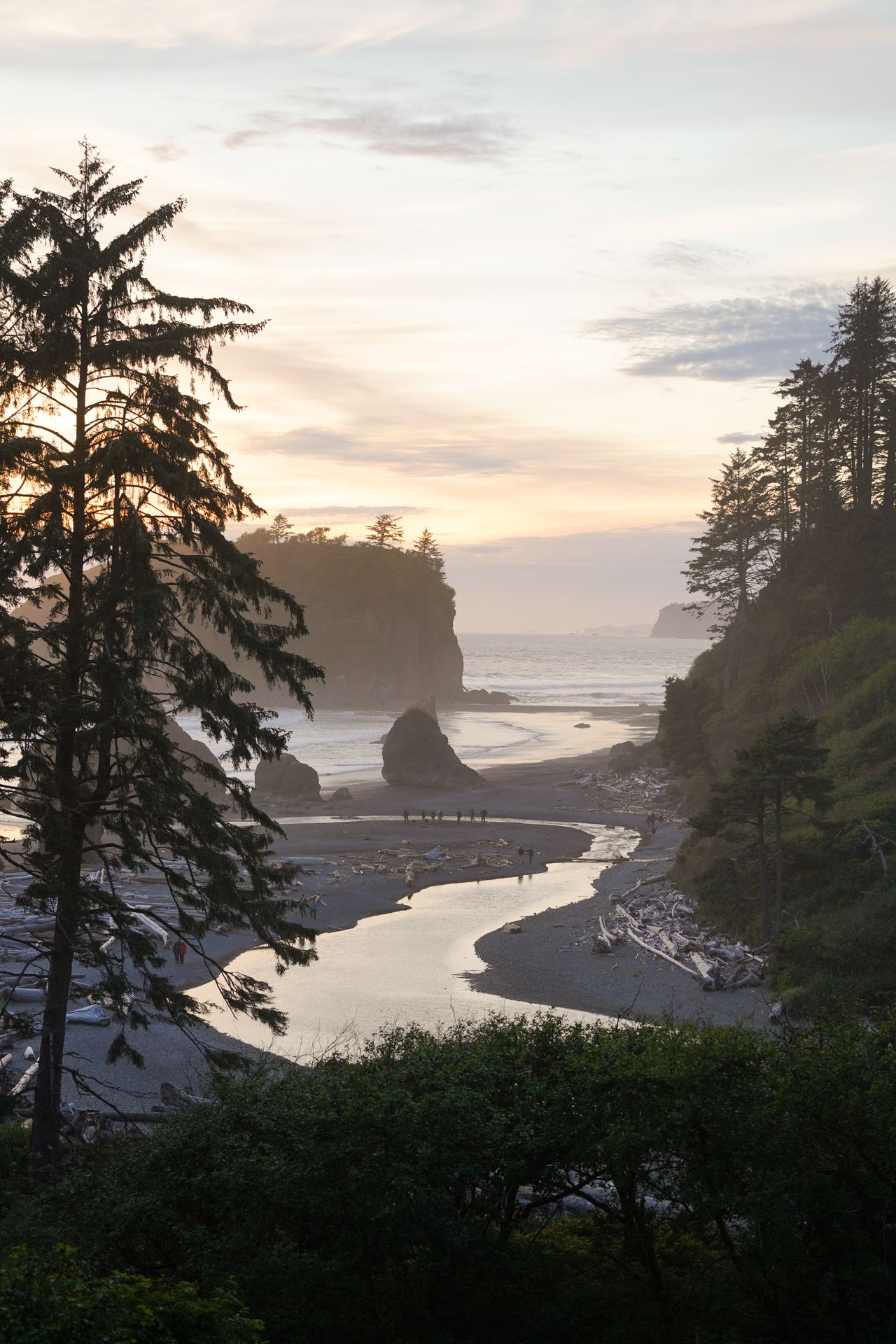
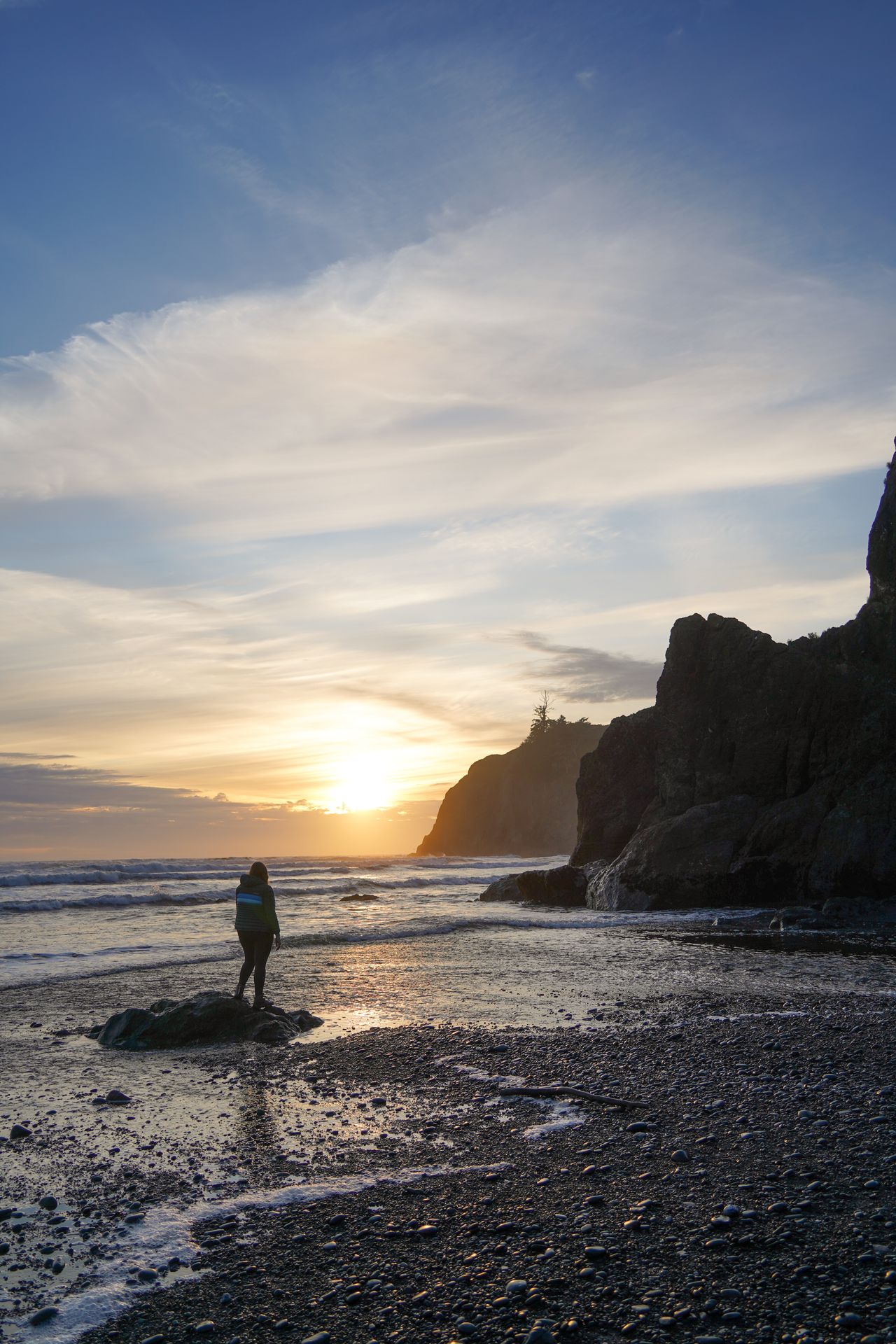
Ruby Beach has interesting rock formations and is a great place for seeing tide pools and a variety of marine life. The beach also tends to have a lot of driftwood.
There is a short walk to get down to the beach, and you’ll likely need to cross the Cedar Creek to go further down the beach. No matter how far you decide to explore, this is a beautiful spot and has lovely colors at sunset.
Olympic National Park Itinerary - Day 2
Visit Hoh Rain Forest, Rialto Beach and Cape Flattery.
Visit Hoh Rain Forest
The Hoh Rain Forest is one of the most magical and unique parts of Olympic National Park! This area receives about 140 inches of precipitation each year, creating a lush, green environment with a hanging moss and giant ferns among large trees. A visit here is one of the best things to do in Olympic National Park, which means it might be very busy.
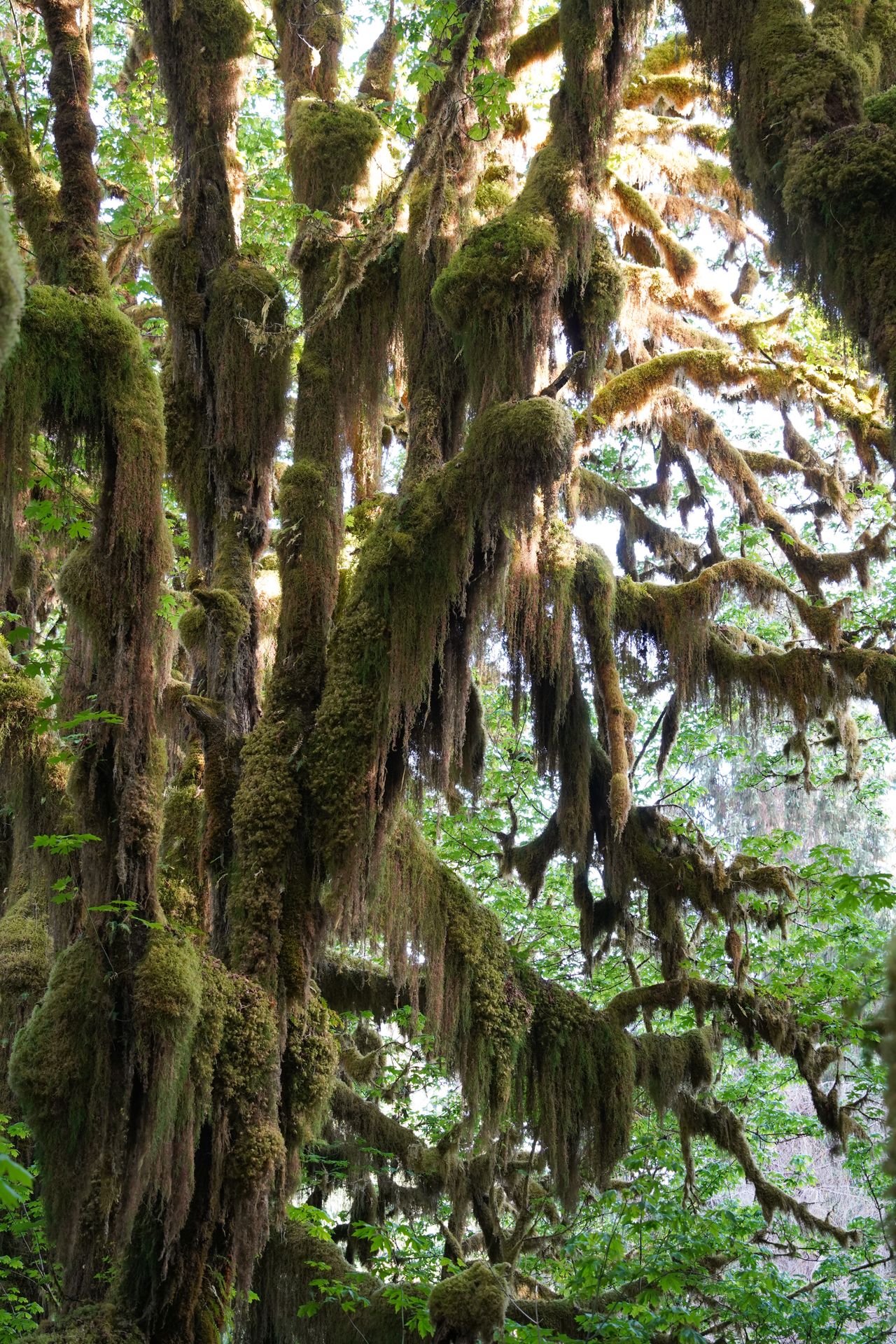
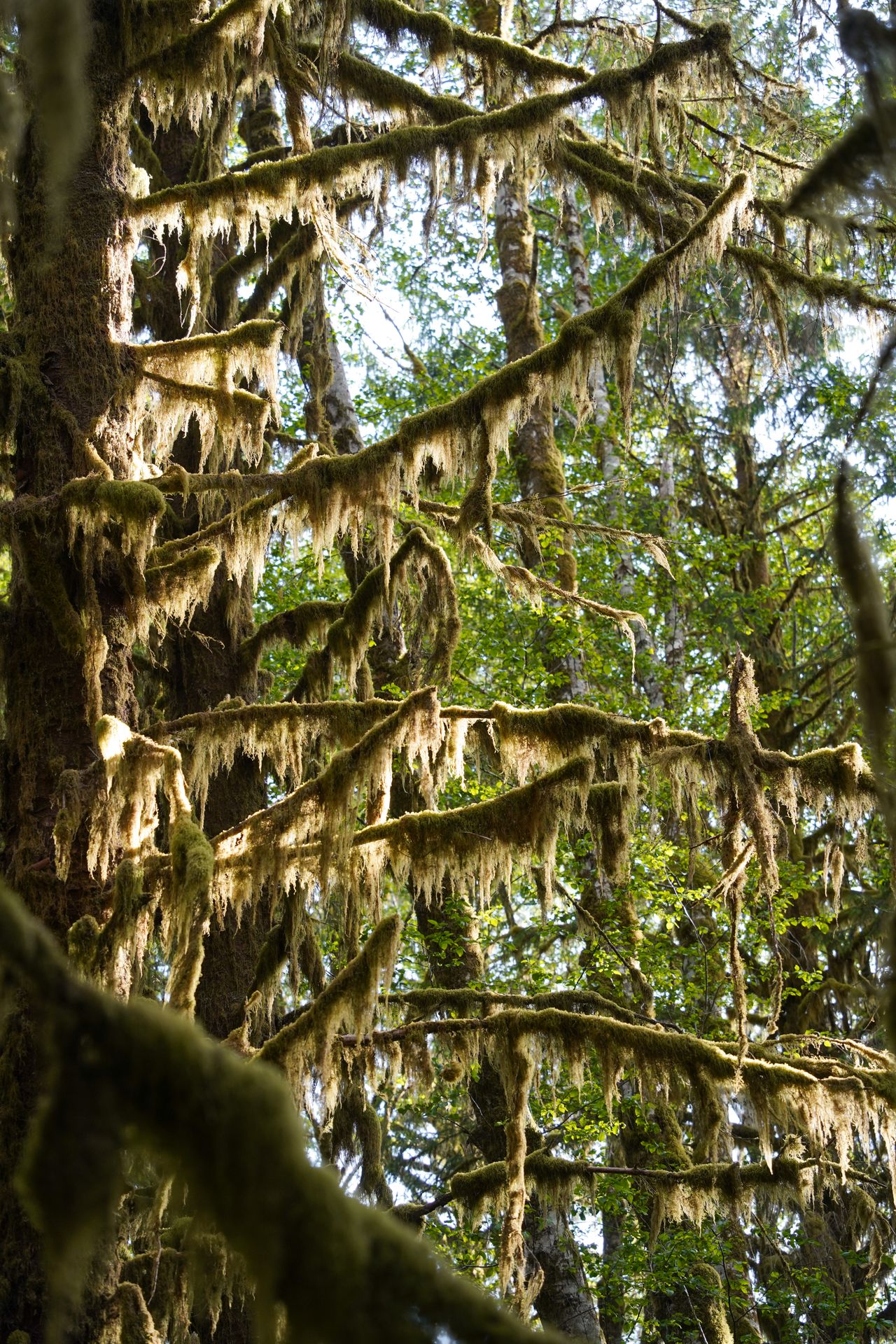
I recommend going to the Hoh Rainforest early in the morning if you can. During peak times, there are huge lines of cars waiting to park, and you might have to wait an hour or more.
When you arrive and secure your parking spot, the most famous trail is the Hall of Mosses. It’s a 1.1-mile, easy trail that leads you past the most iconic sections of temperate rainforest. You’ll see thick, green moss hanging from the trees. It feels like a fairytale (or a scene in Twilight)!
Make sure to stay on the path and please don’t step off the trail for a photo. Unfortunately, visitors have killed so much of the vegetation next to the trail by going off the path over the years.
While the Hall of Mosses is beautiful, I also highly recommend hiking the Spruce Nature Trail while you’re here. It’s another easy trail and 1.3-mile loop. It tends to have much fewer crowds than the Hall of Mosses, and still has hanging moss, ferns and even views of the Hoh River. While this area can be quite crowded, I think it’s a must for your Olympic itinerary if it’s your first visit.
Tip: Stop at the Hard Rain Cafe for food after your visit to Hoh Rainforest.
Hike to the Hole-in-the-Wall on Rialto Beach
Head back to the coast for more iconic hiking in Olympic National Park. The Hole-in-the-Wall Trail on Rialto Beach is a great place to admire rock formations, see tide pools and walk along the ocean.
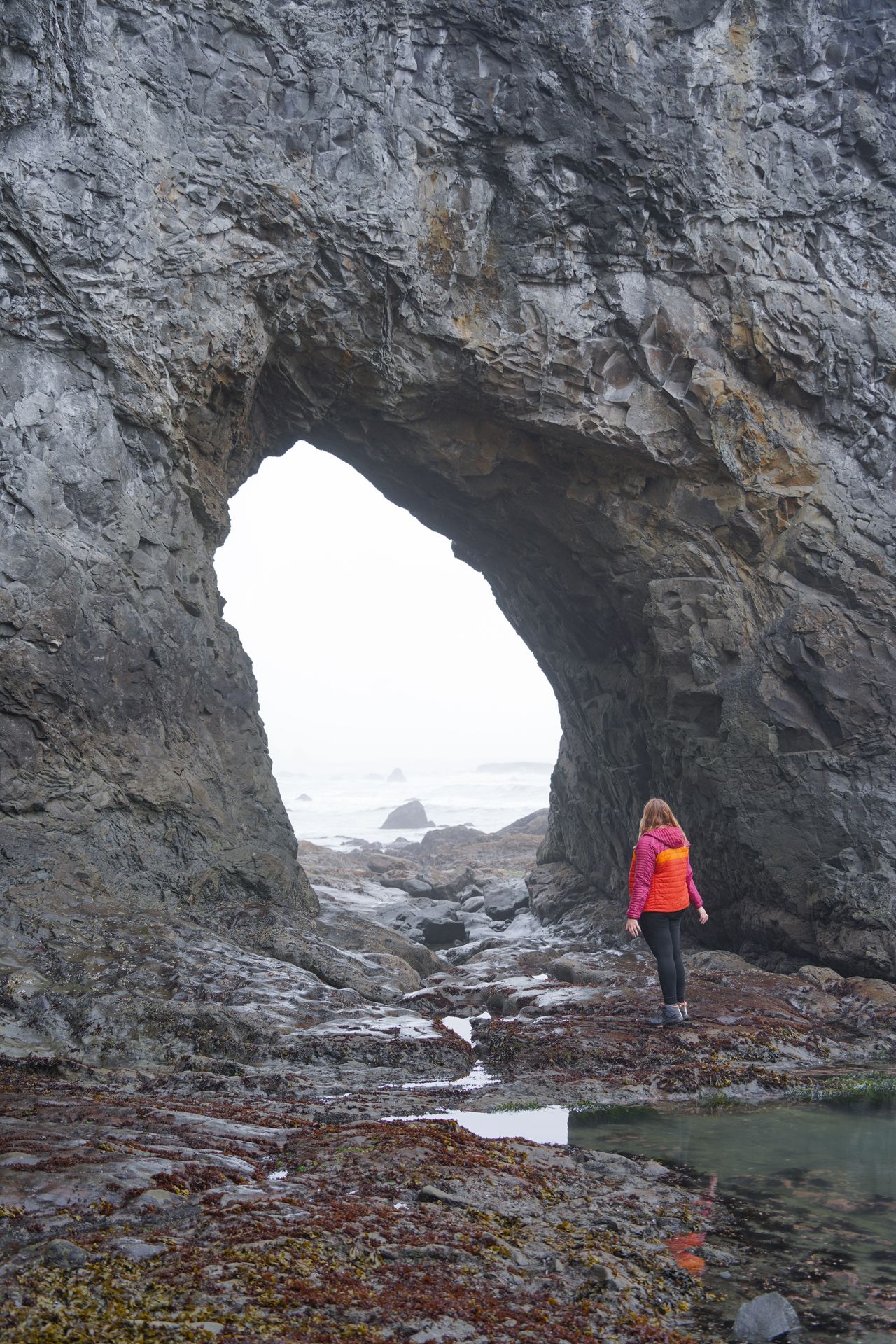
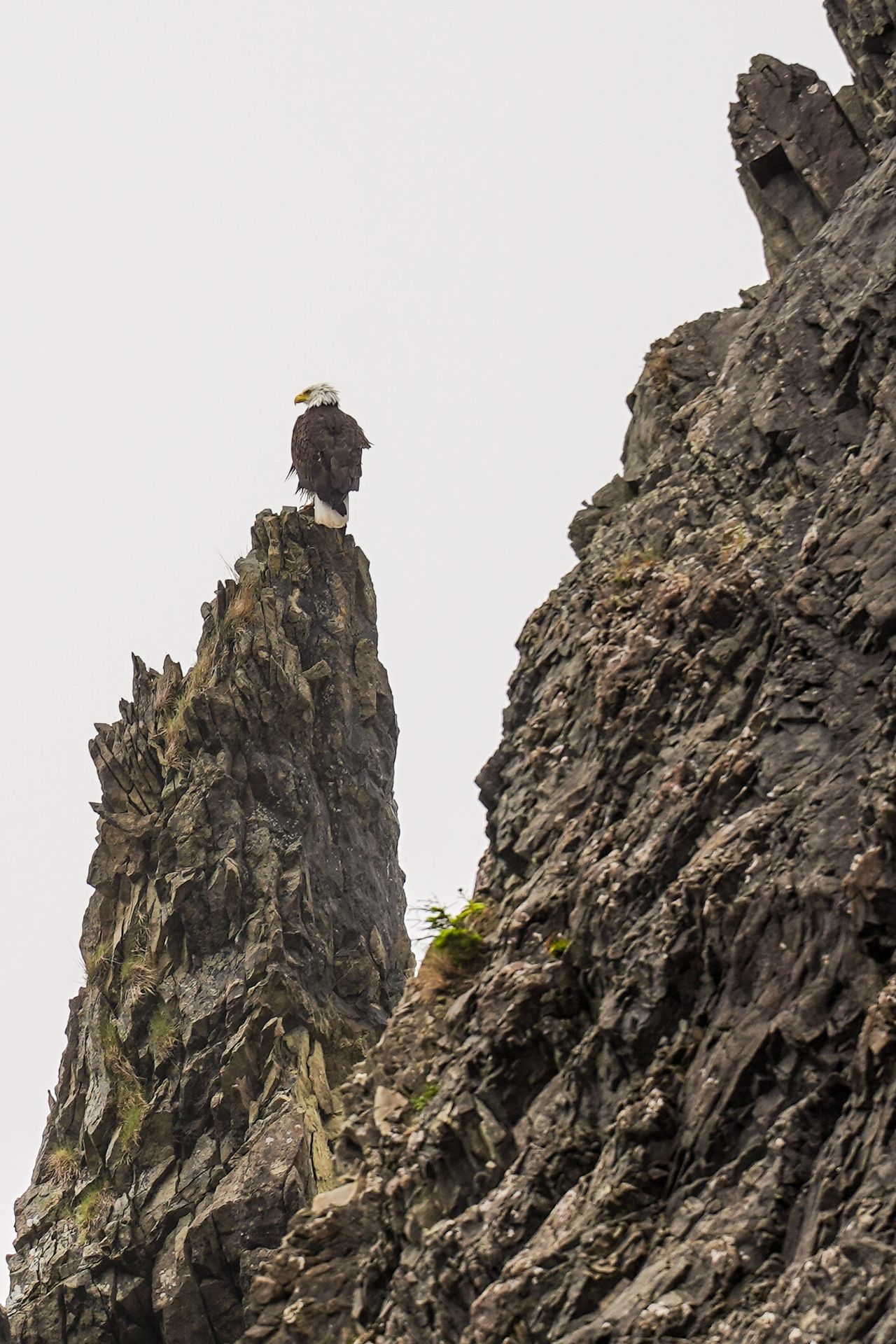
You’ll want to visit at low tide for the best conditions and for a chance to see wildlife in the tide pools. You can check the tide charts from tides.net, or visit a visitor center inside the park to learn more. You may need to rearrange your itinerary to time this correctly.
The hike to Hole-in-the-Wall is 3.3 miles and involves walking on sand for most of the hike. The hike out to the rocks isn’t super interesting, but I did see a bald eagle on the way!
Next to the Hole-in-the-Wall, there are many tide pools where you can see colorful sea anemones, sea stars and more.
Warning: If you choose to walk out on the rocks to walk through the Hole-in-the-Wall or get closer, be very careful on the slippery rocks. I fell and had an injury here.
Visit Cape Flattery
If you have time, Cape Flattery is a great place to end your weekend in Olympic National Park. This is actually located outside of the park and managed by the Makah Tribe. On your way to the trailhead, you’ll need to purchase a parking permit for $20. See their website for information on where you can purchase the permit.
This area is special because you’ll get to see the Northwest-most corner of the lower 48 states! The short and easy trail leads to a stunning view of the ocean, rocky bluffs, sea caves and islands off the shore. It’s a stunning view. I had to skip this stop due to my injury at Rialto Beach, but I can’t wait to visit in the future.
Final Thoughts
I hope this itinerary for Olympic National Park helps you plan an epic trip! This striking national park is special for its variety of landscapes. I absolutely love that you can enjoy a rainforest, tide pools, and alpine mountains on one trip. Plus, the variety of easy trails make this a relatively accessible national park that is great for all ages and abilities. Whether you spend several days camping here or are passing through on a larger road trip, I hope you enjoy this unique park.
More Guides on the Pacific Northwest and nearby:
- The Best Things To Do in North Cascades in the Summer
- How to Take a Magical Trip to Orcas Island, WA
- The Perfect Itinerary for Columbia River Gorge
- An Itinerary for Redwood National Park, CA
- The Best Things To Do in Medford, OR
- How to Spend a Long Weekend in Boise, ID
Thanks for Reading!
Let's stay in touch!
Join the Lost with Lydia email list to get monthly travel guides and tips!
